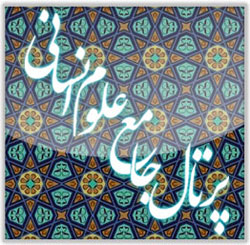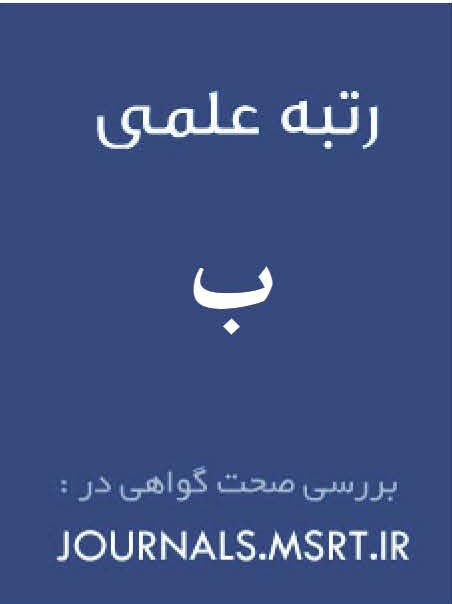Phenomenology Of Components Of Islamic-Iranian Lifestyle Based On Cyberspace
Keywords:
Pattern Design, Lifestyle, Islamic-Iranian Culture, Virtual Space, PhenomenologyAbstract
The objective of the present study was to design a model of the Islamic-Iranian cultural lifestyle based on virtual space. This study is an applied research, and in terms of methodology, it is a qualitative study with a phenomenological approach. The statistical population of the research included experts in the field of Islamic-Iranian lifestyle and virtual space who had published at least three articles in this field in the past ten years. The snowball sampling method was used, and interviews continued until data saturation and adequacy were achieved. Consequently, the sample size consisted of 12 participants. To identify the relevant factors, interviews were initially conducted to examine extracted categories and concepts. The results of this phase, derived from 50 meaningful statements, led to the identification of 29 main categories and 144 concepts. Subsequently, in the next phase, the Delphi technique was employed in three rounds of screening, ultimately reaching a consensus on 29 categories and 108 concepts. The findings of the study indicated that the model of Islamic-Iranian cultural lifestyle based on virtual space was influenced by 11 effective components, which ultimately resulted in four positive and six negative consequences. Considering these consequences, eight strategies were proposed. The results suggest that emphasizing the enhancement of people's faith and beliefs can reduce the negative effects of virtual space on the Islamic-Iranian cultural lifestyle.
Downloads
Downloads
Published
Submitted
Revised
Accepted
Issue
Section
License
Copyright (c) 2025 Islamic Knowledge and Insight

This work is licensed under a Creative Commons Attribution-NonCommercial 4.0 International License.







